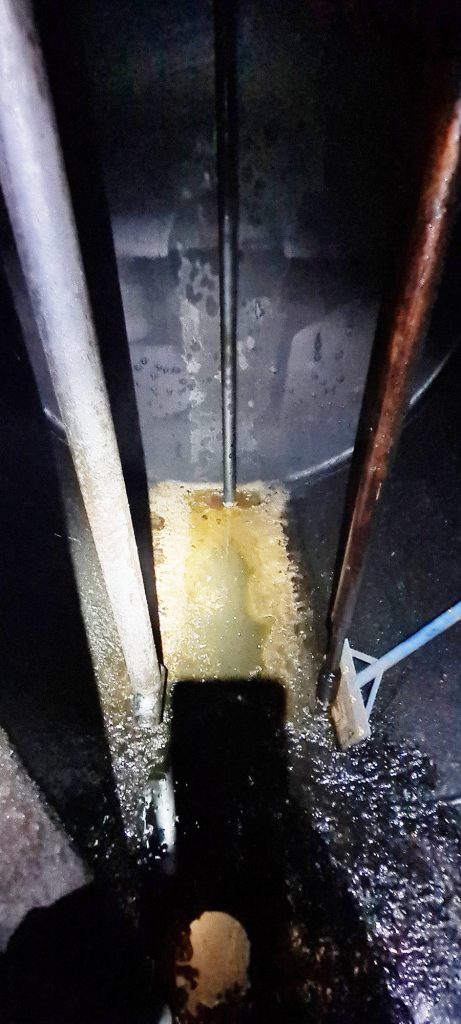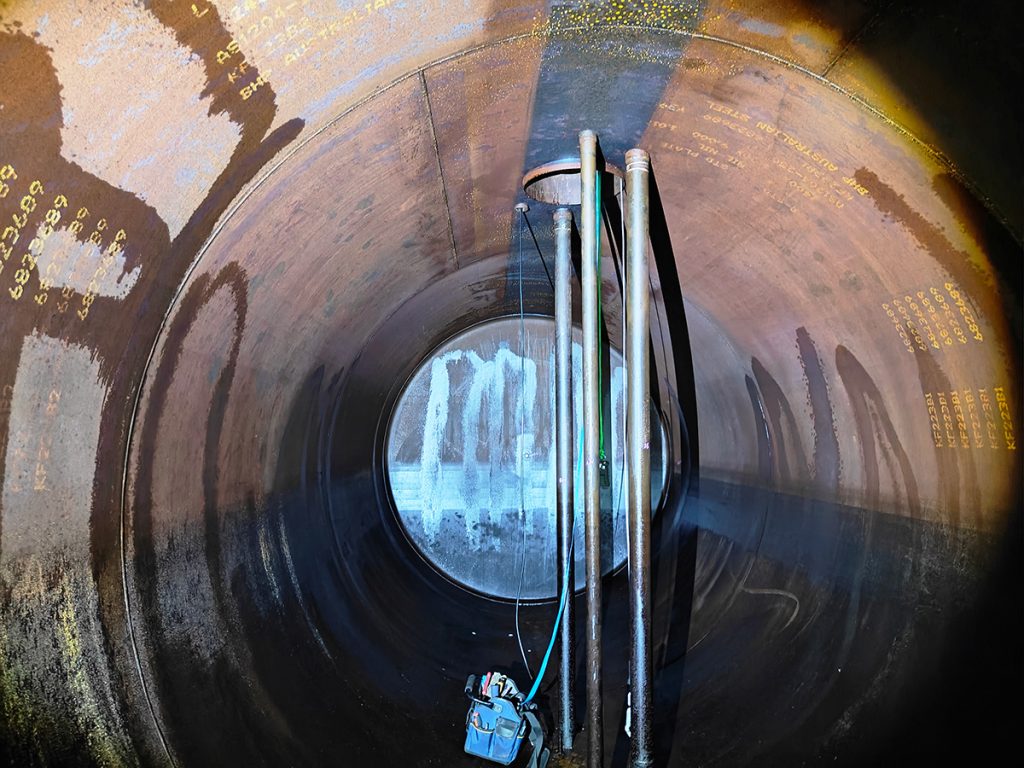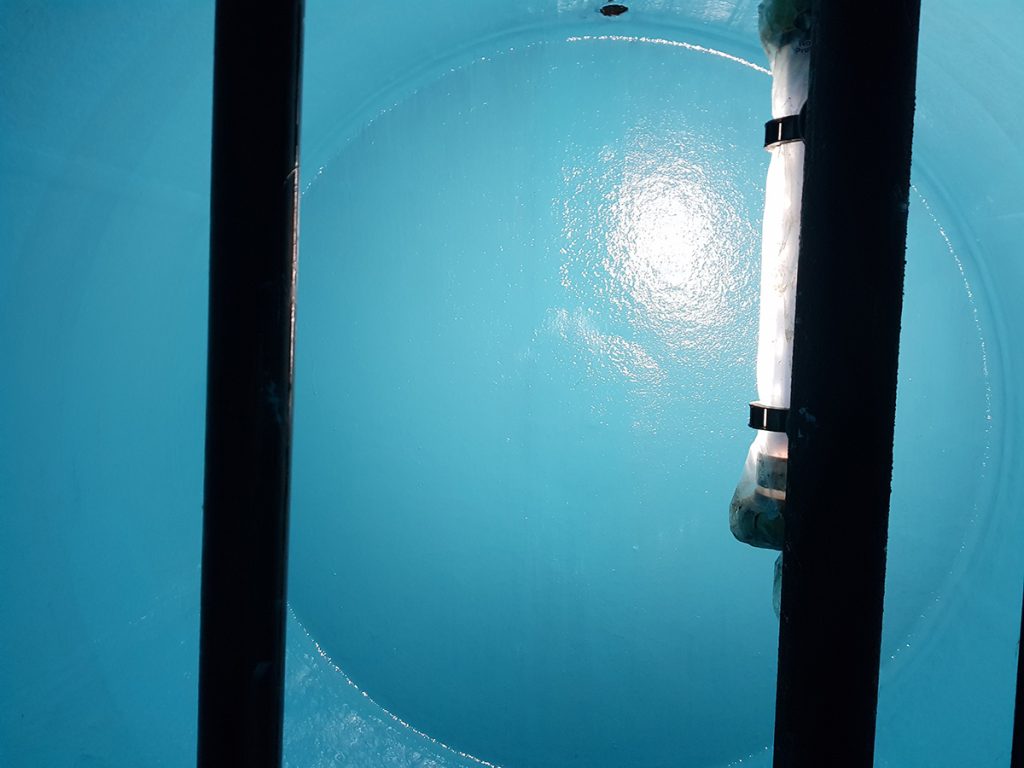
UPSS Tank Management
Vacuum Testing Process for Underground Petroleum Storage Systems (UPSS)
Overview of the Vacuum Testing Process
Vacuum testing is a non-destructive and highly accurate method for assessing the integrity of underground petroleum storage systems (UPSS). This process is vital for detecting leaks, structural weaknesses, or breaches that could compromise the system.
Sinelec employs suitably qualified and experienced technicians, equipment, and materials to carry out equipment integrity tests (EIT’s) on tanks and pipelines in accordance with Australian Standard AS 4897, “The design, installation and operation of underground petroleum storage systems,” which references US EPA regulations (Section 280.43 Tank Tightness Testing).
The process involves applying a controlled vacuum to the tank or piping system, monitoring pressure levels, and using acoustic and volumetric testing to detect potential failures. For product lines pressure testing with an inert gas (such as nitrogen) is generally employed, as recommended in AS 4897.
Competency and Assurance
With extensive experience and highly skilled technicians, Sinelec adheres to the highest standards of industry practice and compliance. This proven methodology developed in the USA, ensures thorough and reliable testing, aligning with all recommended processes in AS 4897.
Through vacuum and pressure testing, Sinelec offers clients a proactive solution for maintaining UPSS integrity, safeguarding environmental and operational safety, and ensuring long-term asset reliability.
UPSS Underground Diesel Storage Tank Equipment Integrity Testing
Safeguard against leaks and system failures with certified equipment integrity testing.
Underground Petroleum Storage Systems (UPSS) require periodic equipment integrity testing to verify that critical components such as tanks, pipes, sumps, and monitoring systems remain sound. This testing identifies corrosion, mechanical faults, or other risks that could lead to environmental contamination or fuel loss. Integrity testing is mandated under the NSW Protection of the Environment Operations (Underground Petroleum Storage Systems) Regulation 2019. In Victoria, the regulation of Underground Petroleum Storage Systems (UPSS) is governed by the Environment Protection Act 2017 and the Environment Protection Regulations 2021
- Environment Protection Regulations 2021 – Part 5.3 (Pollution Incidents)
- Regulation 100(1)(b) requires that UPSS must have appropriate leak detection and prevention systems in place.
- Regulation 101 mandates that if a UPSS is classified as a “high-risk” system, the owner must ensure regular integrity testing to prevent leaks.
- EPA Victoria Publication 1698 – Guidelines for UPSS (2021)
While not law itself, this guideline enforces best practices, stating:
- “Integrity testing must be conducted:
- Before first use (for new systems).
- At least every 5 years (or more frequently if required by EPA Victoria).
- Following a suspected or confirmed leak.”
Sinelec conduct equipment integrity testing using NATA-endorsed methods and vacuum testing non-invasive diagnostic technologies. Our experienced technicians provide industry-leading comprehensive reporting that provides insights behind the process with the test outcomes to demonstrate compliance and identify any preventative maintenance requirements.
UPSS Underground Diesel Storage Tank Cleaning
Maintain fuel quality and prevent costly damage through professional tank cleaning services.
Ensure fuel integrity, prevent contamination, and meet regulatory compliance with Sinelec’s expert tank cleaning services.
Over time, all underground diesel storage tanks accumulate sludge, microbial growth (diesel bug), and sediment. This contamination degrades fuel quality, clogs filtration systems, and accelerates corrosion—increasing the risk of leaks and environmental breaches. Proactive cleaning at least every 10 years mitigates these risks while ensuring compliance with:
- AS 4897– Design, installation, and operation of UPSS
- EPA Victoria Publication 1698 (or relevant state guidelines) – UPSS management
- WorkSafe confined space regulations – Safe entry protocols
- Environment Protection Regulations 2021 (Vic) / POEO Act 1997 (NSW) – Pollution prevention
(For full details, refer to our Diesel Fuel Storage Management section.)
Why Choose Sinelec Fuel Tank Services?
✅ Fully compliant with state EPA and Australian Standards.
✅ Minimised downtime – Efficient processes with dual-trained technicians.
✅ Environmental safeguards – All waste handled per EP Act 2017 (Vic) / POEO Act (NSW).
Contact us for a site-specific compliance assessment or quote.


Sinelec’s Comprehensive Compliant Cleaning Process
- Fuel Analysis & Compliance Review
NATA-certified laboratory testing assesses fuel contamination levels.
Review of site-specific requirements under AS 4976 (contaminated fuel handling).
- Safe Fuel Removal & Filtration
Fuel is transferred using specialist pumps and filtration equipment into other tanks if that is possible or alternatively into temporary storage.
If Fuel Stability foam (FSF) was introduced to the tank, this will also be removed and disposed off correctly.
Complies with EPA spill prevention guidelines during decanting.
- Confined Space Entry & Cleaning
Conducted under WorkSafe Australia confined space regulations (AS 2865).
Hydrocarbon waste removed per EPA Industrial Waste Resource Guidelines.
- Structural Integrity Inspection
Ultrasonic thickness testing (per AS/NZS 3788) to assess corrosion.
Sinelec industry-leading comprehensive documentation for EPA leak prevention compliance.
- Integrity Testing & Recommissioning
Pressure/vacuum testing (aligned with AS 4897 Section 5.3) prior to returning fuel.
Final fuel reinjection into the cleaned tank through our advanced mobile filtration and polishing to restore fuel quality as it is returned to the tank
Premium treatment additives for long-term stability
- UPSS tank Remediation or Decommissioning (if required)
Corrosion repair per AS 1940 (flammable liquids storage). Sinelec will seek to reclaim the tank wherever possible to avoid losing valuable footprints above ground. If this is not cost-effective then the tank must be decommissioned in accordance with the Australian standards. This is usually done as part of the process to replace the underground asset with an above ground storage tank.
If beyond repair: Decommissioning per AS 4976 and EPA contaminated land guidelines.
UPSS Diesel Fuel Tank Reclamation
Extend the life of your underground tank with expert reclamation and restoration solutions.
Tank reclamation involves restoring the structural and functional integrity of an underground diesel fuel tank without the need for full replacement. Reclamation addresses internal corrosion, coating degradation, and minor structural damage where pitting has reduced the steel shell thickness, helping prolong asset life and reduce environmental risks. This activity supports best practice asset management principles outlined in AS4897 and local environmental compliance requirements.
We offer comprehensive reclamation services in collaboration with our specialist tank lining contractor, including:
✅ Inspection and condition assessment
✅ Professional tank cleaning
✅ Internal relining
✅ Post-treatment integrity verification
All work is carried out by trained specialists accredited in confined space and hazardous environment procedures.


